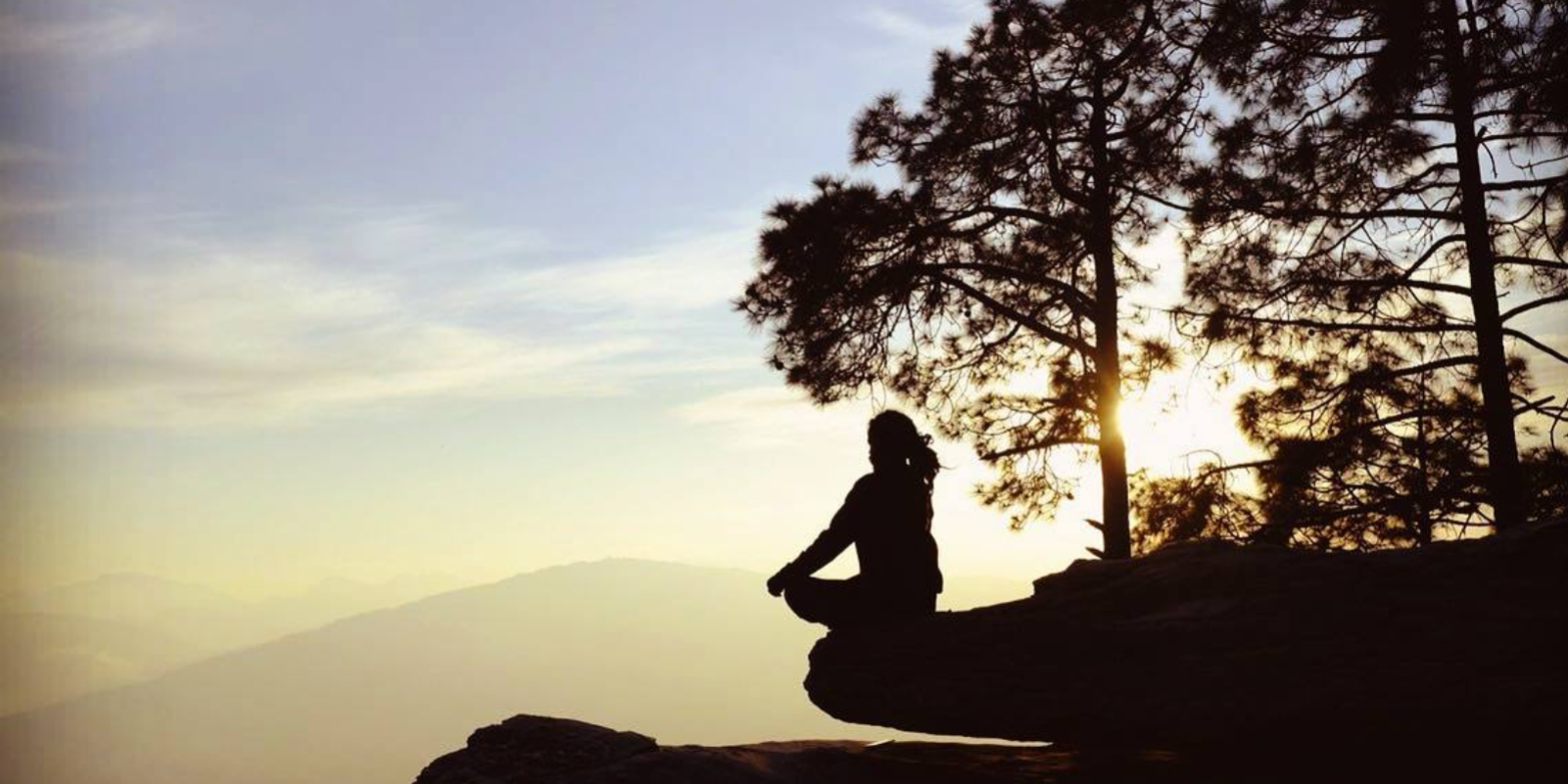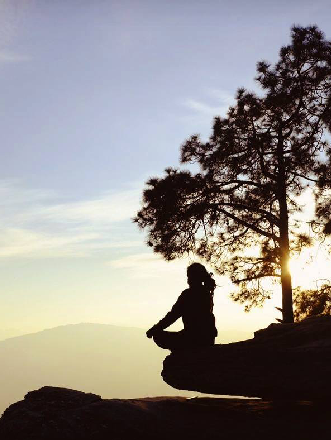

By Pankaj Datta
OCT - NOV 2023 / Vol 01 , Issue 1
YOGA OFF THE MAT
Take your practice of yoga and meditation to the next level with the help of traditional wisdom of the ascetics.
I was back in Delhi to a so-called normal life of doing a 9 to 5 job, paying
rent and my bills after almost a year long stint of serving and being with my
Guru Ji who was an accomplished hatha yogi and Hindu ascetic. It was hard work
assimilating back into society. I used to feel awkward in social gatherings
& the entire way of living in cities. I started the process of assimilation
by meeting old friends with whom I felt a sense of comradery. On one such
evening at a friend’s house, I was caught off guard by a blunt question from a
lady “What did you learn apart from sitting straight & tying your hair up
in a knot?” What she meant was practices, techniques, philosophy, etc. can be
learnt today at various places living a regular life, questioning the validity
of living with crazy ascetics who renounce the world. There was so much to say,
yet I found myself at a loss for words. I do not remember exactly what I had replied
but I myself was not satisfied with the answer. I carried that question for a
long time in my mind. I know now exactly what I had learned but the process of
assimilation and integration of the learning in my life took its due time. A
true spiritual experience or learning needs to stand the test of time .
It needs to be tested
and pondered over again and again in different circumstances before it seeps
into our being. Coming from an oral tradition the method of learning is
different with traditional yogis and ascetics. They do not offer formal classes
either on philosophy or techniques but a student is expected to observe and
learn from the Guru’s daily life, from his interactions with the world and his
words. They would often speak in Sant Vaani, which is something like a Zen
koan. The student is expected to recognize, analyze and meditate over it. Here
one is not expected to come up with an answer or a thesis but experience the
gist of it and apply it in daily life. In short, the focus is not on becoming a
scholar but on living the teachings. From my long association with
practitioners of various spiritual disciplines, I have observed that it is very
easy to get confused and disillusioned in the wide array of philosophies,
traditions, and our mental projections of them. The central theme in my
experience is common to all. The central problem is also common to all
practitioners. At any stage in our practice, if we feel stuck, we can refer to
it and take our practice to the next level.
The first step is to
ask what is the purpose of any practice, be it Hatha Yoga, Tantra, Bhakti or
devotion, mindfulness, or Vedantic self-enquiry? What is the final goal of
these practices? Whether you call it moksha, nirvana, samaras, or enlightenment
it ultimately means rising above our limiting belief that we are this body,
this person of this colour, gender, age, profession, and so on. When we go
beyond these limiting identifications we can realize our true Self, the “I”
sense. We always say I am this, I want to achieve this, I want or don’t want
this, but it is only a rare individual who enquires into exploring who is this
“I”.
There is nothing in
the physical world that is permanent. But what we all want is something
permanent, something to hold on to in this impermanent world. This creates
anxiety and a sense of restlessness in us. This is the real problem. If we
agree or realize this, the obvious next question would be what is the best
method to go beyond this restlessness? In my experience, no amount of sadhana
or spiritual practice is enough to realize this. Because whatever one practices
it is bound to create “Dehatmabhava” or ego arising out of the body mind
identification.
I have been
practicing the 84 asanas & pranayama for so many years I am a great yogi, a
meditator and so on. These are all signs of body-mind identification. They all
boost this sense of false “I”. While doing our efforts we forget that the
primary purpose is to go beyond this identification. The very Upaya or method
that we have picked up for Mukti (liberation) becomes the cause of bondage.
Practices are important. But even more important is to keep checking with
ourselves “Who is doing the practice?” That is why in the world of monks or
renunciates more importance is given to cultivating awareness and detachment.
Detachment even from our spiritual practice. It is about unbecoming. It is a
process of letting go of all our mental concepts of who we are & finding
what is left.
That is why in the world
of renunciates and ascetics there is a saying that it is finally Grace that can
grant us liberation. Practices can lift us from our current condition to a
higher one but cannot free us from all the chains. We will still be stuck.
There are lots of examples of very famous yogis & religious people with a
very inflated ego arising out of identification with their practice which does
not let them break the chains entirely.
That is why the
cultivation of viveka and vairagya is of foremost importance. Viveka is the
ability to separate what is true and false, what is permanent & what is
impermanent. Vairagya is detachment. It is the ability to not get attached to
whatever we do & maintain a distance so that we can see clearly and
observe. If we are too close to something our eyes cannot see it. It requires a
minimum distance to focus. It is also true with thoughts and emotions.
Does not matter which
path we follow, and these are some of the aspects which can definitely help a
spiritual practitioner at any level of their sadhana.